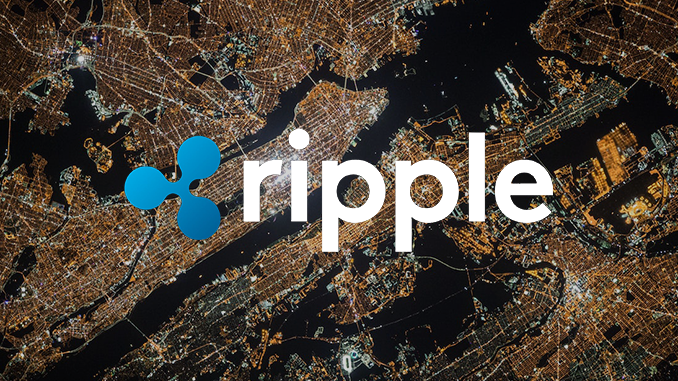
Ripple (XRP) has been in the conversation every time state-owned digital currencies are discussed in 2021. Now, the crypto company is drawing its first scientific conclusion on projects like the E-Euro.
Not only the European Central Bank (ECB) is already gearing up for the euro to be joined by a digital version (e-euro) in the near future. Central banks around the world are working so-called central bank digital currencies (CBDC), and China seems particularly far advanced with its e-yuan. In this thematic field, Ripple (XRP) began aggressively touting its technology as the basis for CBDCs about a year ago. Ripple’s pilot projects with Bhutan and Palau are the first tangible results of this. Now Ripple has summarized in a report where CBDCs stand internationally and what guidelines might be useful.
According to the report, 87 central banks worldwide had already begun to look for solutions for CBDCs in 2021, and would thus theoretically cover about 90 percent of the global gross national product. Conversely, countries that do not take CBDCs seriously run the risk of losing out in international financial transactions, with corresponding consequences for the local economy. Ripple, citing academics, calls for CBDCs to be designed to be compatible with each other.
The second cornerstone of a CBDC, according to Ripple, must become: Whether e-euros or e-dollars, government digital currencies must not be limited to inter-bank transactions and institutional users, but should absolutely be available to citizens as well. Arguments such as “financial inclusion” in developing countries are just as valid as competitiveness.
For Ripple, there is no way around ensuring privacy for CBDCs in the same way as for cash. This must be taken into account technologically right from the start and implemented in such a way that security does not suffer at the same time. Unsurprisingly, Ripple sees its technology as ideally suited for all the challenges mentioned for CBDCs and also emphasizes the energy-efficient principle of its network.
Conclusion: Ripple wants to play a decisive role in the CBDC sector
International discussions about CBDCs rapidly picked up steam in 2019 when Facebook went public with its Libra project, which central banks saw as a threat to their monetary sovereignty. Facebook scrapped the project after changing its name to Diem – but CBDCs are still relevant. For its position paper, Ripple points to its cooperation with the University Blockchain Research Initiative (UBRI) and the Digital Pound Foundation. This is intended to prevent accusations of arguing one-sidedly. But in the end, the report on CBDCs from Ripple remains a promotional prospectus, even if it takes up core questions that central banks must answer: Will e-euros and the like be organized in a decentralized manner? Will they also reach the citizen or will they (initially) remain the preserve of the big players in the financial world? What degree of privacy should CBDCs guarantee?
From the perspective of investors and the crypto industry, there may be synergy effects from CBDCs, ranging from Ripple and other crypto entrepreneurs as service providers to increased acceptance of cryptocurrencies in general. Therefore, it should be worthwhile to follow developments in CBDCs closely. And Ripple is getting into the news for a short time, anyway, without having to respond to the lawsuit over XRP with the U.S. Securities and Exchange Commission.
Best place to buy Bitcoin and Ripple (XRP):

Leave a Reply